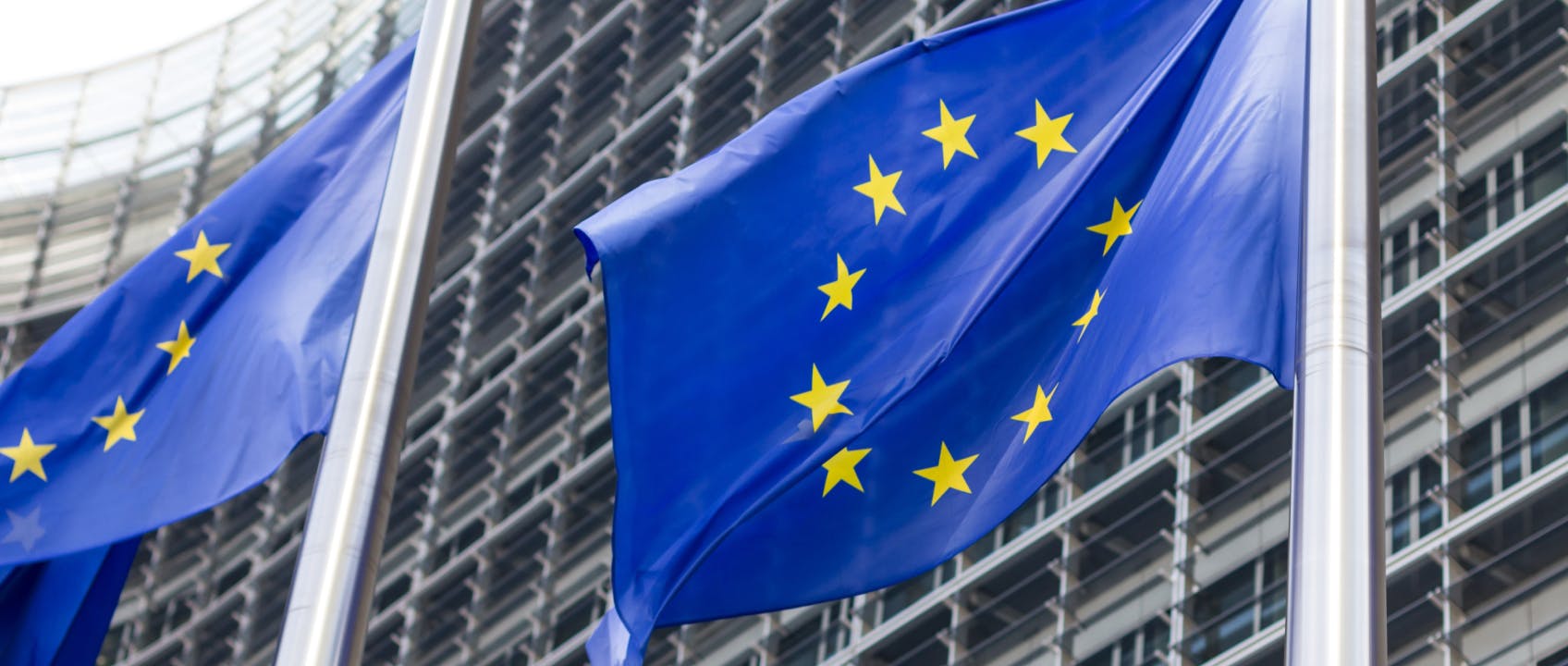The European Commission is ready to advance Open Banking, Open Finance and digital payments

After a long await, on 28 June 2023, the European Commission announced a wide-range package of proposals to amend and modernise PSD2 with a third Payment Services Directive (PSD3), introduce a brand-new Payment Services Regulation (PSR), advance a new framework for financial data access (FIDA) and set out a framework for a possible new digital form of the euro (Digital Euro).
The publication of these four different, yet interrelated proposals, marks a truly important day for the whole European financial services sector. However, what are PSD3, PSR, FIDA and the Digital Euro? And what is their main objective? Let’s find it out below.
PSD3, PSR, FIDA and Digital Euro: what are they? And what is their main objective?
The proposals advanced by the European Commission are likely to have far-reaching consequences for banks, fintech companies, end customers and the wider financial world, just as PSD2 has been key to the Open Banking industry over the past five years. However, their main objectives target different shortcomings and needs.
PSD3: This new Directive will update PSD2, the current Payment Services Directive, which officially entered into force in January 2018 and laid the foundation for Open Banking in Europe, promoting innovation and competition primarily in the banking and payment space.
As the acronym suggests, PSD3 is a Directive, meaning that each Member State is free to decide how to transpose it into national laws. A good example of how an EU Directive can be adopted by Member States comes from the United Kingdom, country that, while transposing PSD2 into its own laws, decided to follow a different approach compared to the other large European countries, developing a framework that introduced mandatory Open Banking Standards for all the 9 largest British Banks to comply with.
PSR: Strongly related to PSD3, the new Payment Services Regulation advanced by the European Commission, is a set of rules that have binding legal force throughout every EU Member State, thus with no need for implementation in national laws. According to the latest European Commission’s proposals, PSR is meant to provide clear guidance in relation to:
- The transparency of conditions and information requirements for payment services.
- Rights and obligations in relation to the provision and use of payment services. This second part also includes provisions on Open Banking. For PSPs, the advantage of the PSR is that it creates a single legal framework for all operations across the whole EEA region. Therefore, uncertainty and inequality between national legislation of Member States will be reduced.
Together, PSR and PSD3 aim to:
- Strengthen user protection and consumers’ confidence by refining SCA rules, extending IBAN verification and improving fraud information exchange between PSPs.
- Improve Open Banking competitiveness thanks to mandatory dedicated data access interfaces for ASPSPs (Account Servicing Payment Service Providers), the establishment of detailed specifications for data interfaces, the introduction of dashboards for consumers to see at a glance what data access rights they have granted and to whom, and to withdraw access.
- Improve enforcement and unify implementation by replacing ambiguous aspects of PSD2, reinforcing penalty provisions, and integrating the E-money legislation within PSD3 and PSR.
- Facilitate access to data for non-bank PSPs by widening accessibility to a bank account for Payment Institution/Electronic Money Institution (PI/EMI) and by granting them the possibility of direct participation to all payment systems.
FIDA: The Commission is also putting forward a legislative proposal for a framework for financial data access. This framework will establish clear rights and obligations to manage customer data sharing in the financial sector beyond payment accounts. In practice, once approved by EU institutions, this set of rules is likely to lead to more innovative financial products and services for users and will stimulate competition in the financial sector, paving the way for Open Finance.
In other words, with FIDA, the European Commission aims to bring Europe’s financial sector into the data economy. While this proposal could potentially be extended to an even larger scope of data, it goes in the right direction to unlock the development of new business cases and innovative products for all stakeholders of the value chain.
Digital Euro: The last package of proposals focuses on establishing a legal framework for a possible digital Euro as a complement to euro banknotes and coins and to safeguard the role of cash, ensuring it is widely accepted as a means of payments and remains easily accessible for people and businesses across the euro area.
By introducing a digital euro and safeguarding the role of cash, the Commission wants to ensure that everyone in Euro area is free to choose their preferred payment method, from paying digitally even without access to the internet to giving all those people who rely on cash for necessity (i.e., elderly, people with low income or digital skills, those without a bank account such as asylum seekers and refugees etc.) the possibility to access basic cash services.
Key takeaways
Following a first read to the Commission’s proposals, we would like to briefly highlight four key takeaways:
- Fraud Reduction: Following the good results achieved with the introduction of Strong Customer Authentication (SCA), the proposal continues in the path to fight fraud, in particular, by extending to all credit transfers (regular and instant) denominated in euros the IBAN/name matching verification services. Fabrick has already developed the ‘Check IBAN’ solution that helps mitigate fraud risk and which has already been adopted by various businesses for onboarding reasons, too.
- Harmonization: A often cited shortcoming of PSD2 was that the roll-out wasn’t coordinated enough and consequently led to the fragmentation of implementation across individual EU member states. To address these issues, the European Commission package looks to create more harmony through the introduction of ‘minimum standards’. However, while the proposed rules clearly defined what a Payment Account is, and which payment types should be supported via Open Banking APIs; a much more accurate delineation between the regulated space and the commercial space is needed to avoid potential future inconsistencies.
- Open Finance: FIDA provides a gold opportunity to achieve a true Digital Single Market for financial services: a data-driven economy promoting digital transformation and innovation through competition. As the European market moves rapidly towards services and solutions that go behind current accounts and payments and other jurisdictions (i.e., Australia, Brazil, India, Singapore, the UK etc.) are making big steps forwards towards the creation of an Open data economy, the decision to promote legislation to advance a proper framework for Open Finance is in the interest of all parties.
- Digital Euro: With many central banks around the world currently exploring the issuance of Central Bank Digital Currencies (CBDCs), and with a growing number of countries already issuing such currencies, the decision to make some tangible steps forward in this area is a good one. As digital payments are becoming ubiquitous, the introducing of a digital Euro will surely be another important milestone towards the realisation of a European “cashless society”.
Next Steps
The publication of these proposals is just the beginning of a long journey. In fact, over the next year, these four pieces of legislation will be discussed and amended by the European Parliament and the Council of the EU. Only after receiving final approval by both entities, these rules will officially become law.
On the one hand, the PSR and the Digital Euro regulations, will be directly applicable in all Member States without the need for national transposition twenty days after their publication in the Official Journal of the EU. On the other hand, the new PSD3 directive and the FIDA framework will enter into force 18-24 months after becoming laws, giving Member States a period of almost two years to implement the new provisions.
Would you like to know more on how to leverage the opportunities of the regulations to optimise and improve your payment and business processes? Download our free whitepaper on Embedded Finance and B2B2X payment processes.
Our insights

What Pay by Bank payments are and how they work

The introduction of the digital identity in Europe and UK


